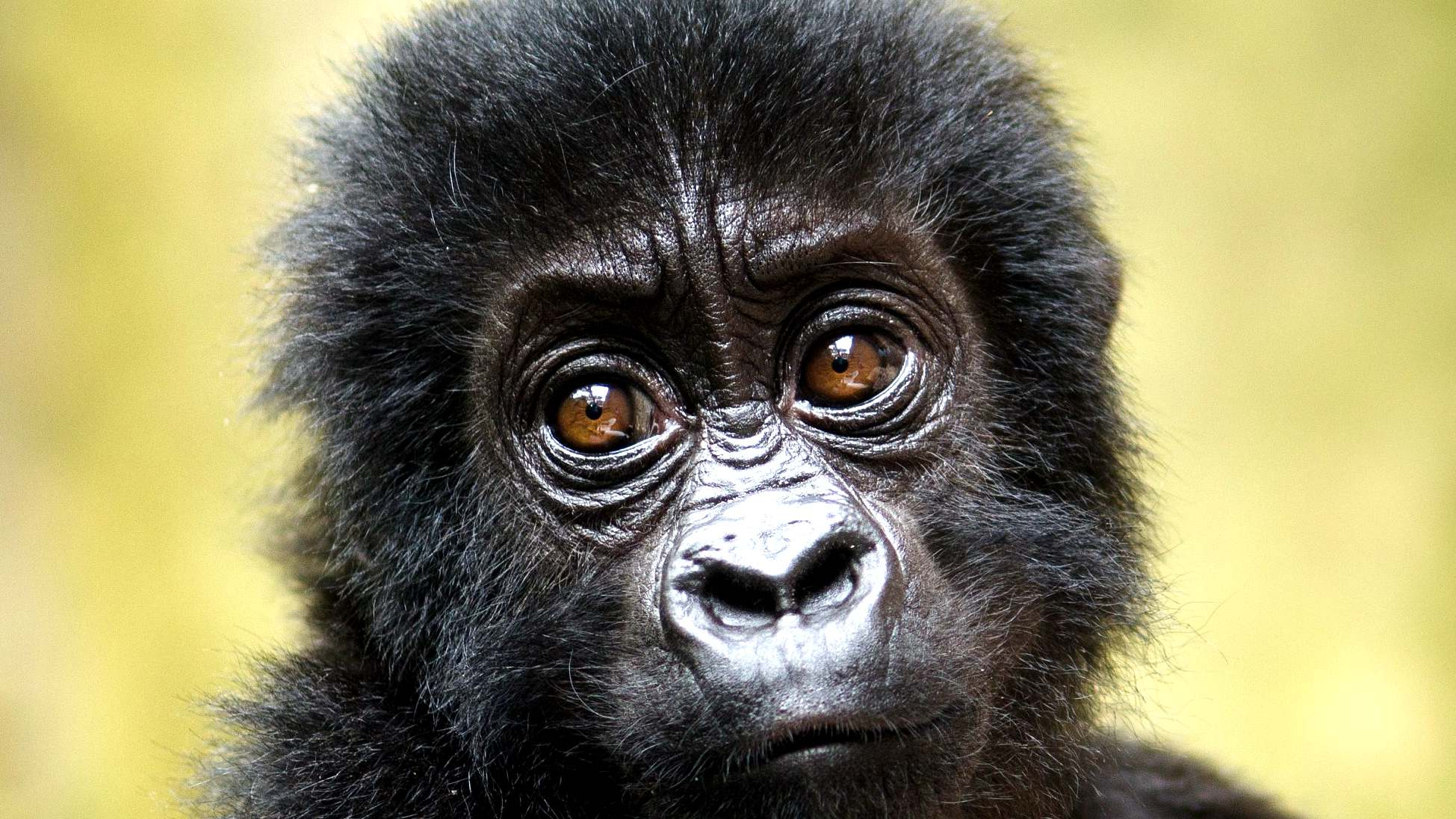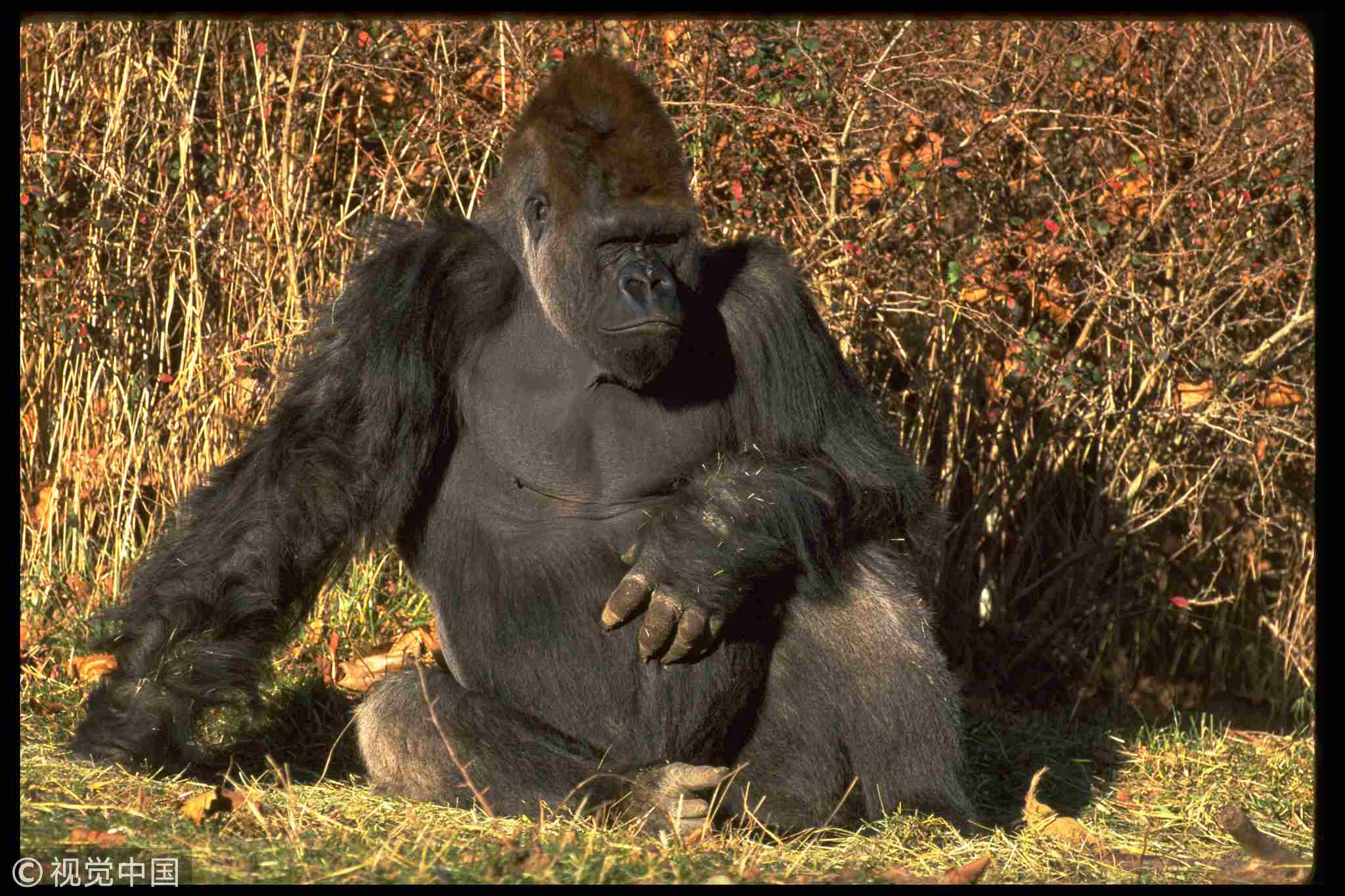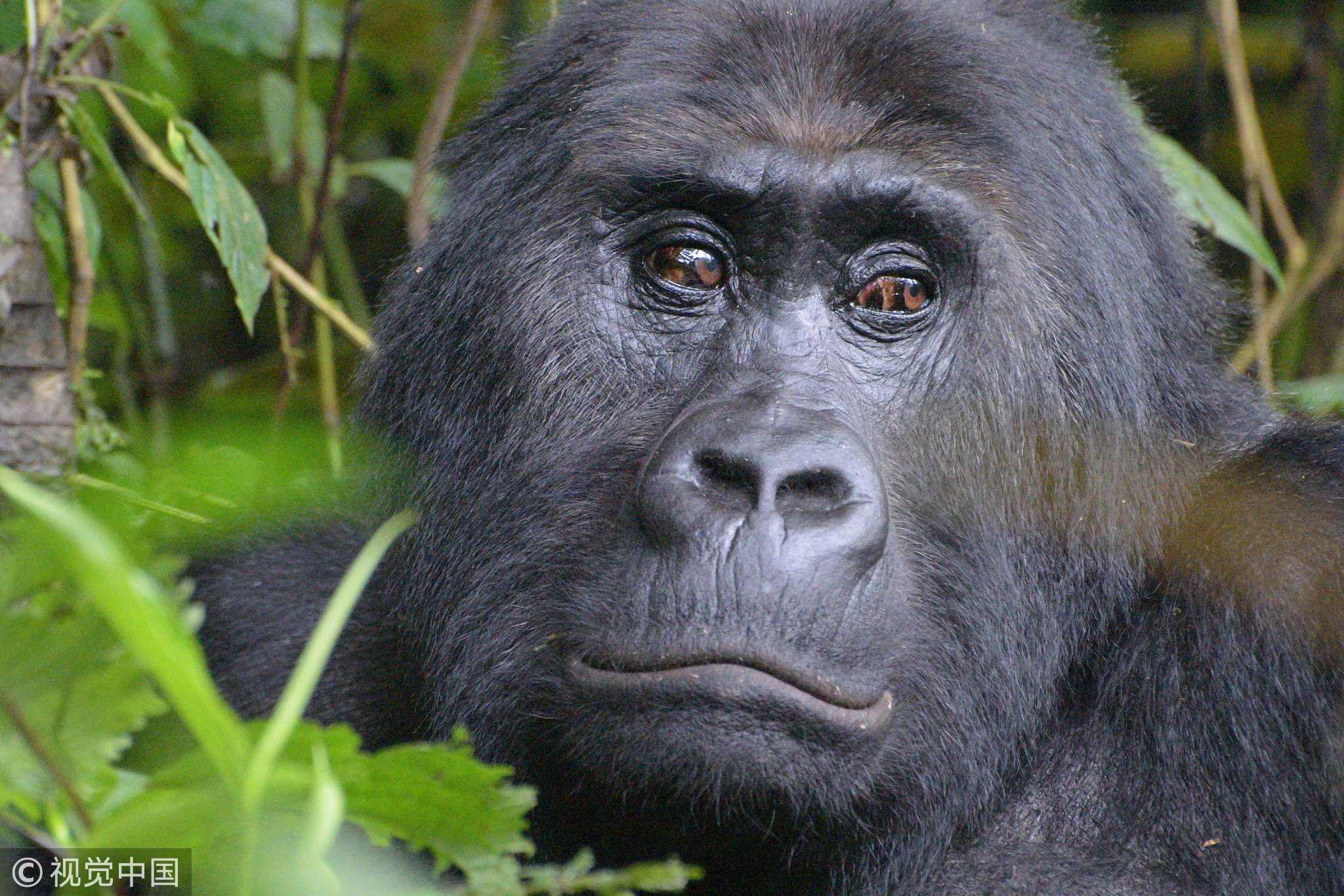
Nature
17:45, 02-Jan-2019
Shrinking gorilla population leads to harmful mutations
Updated
16:54, 05-Jan-2019
CGTN

The shrinking population size of eastern lowland gorillas has led to an increase of harmful mutations among this endangered species over the past several decades, according to the study published in the journal Current Biology.

Eastern lowland gorilla /VCG Photo
Eastern lowland gorilla /VCG Photo
By comparing genomes of specimens collected from the eastern lowland gorillas over several generations, the scientists find that the gorillas have accumulated harmful mutations as the species' genetic diversity sharply declined due to habitat losses, poaching and inbreeding.
The researchers found that some changes in genes that affect male fertility and disease resistance could leave the species less capable of adapting to sudden changes in their environment or disease outbreaks, which may further threaten the survival of these apes.
The population of the eastern lowland gorillas, also known as the Grauer's gorillas, which live in the Democratic Republic of the Congo (DRC), has declined by 80 percent over the last several decades.

A eastern lowland gorilla is seen in the Democratic Republic of Congo's Kahuzi-Biega National Park. /VCG Photo
A eastern lowland gorilla is seen in the Democratic Republic of Congo's Kahuzi-Biega National Park. /VCG Photo
It is the largest of the four gorilla subspecies. Although it has large hands and a stocky body, the animal actually mainly live on herbaceous materials. Years of civil unrest in DRC has affected the animal negatively.
According to World Wildlife Fund (WWF), its range has decreased from 8,100 square miles to about 4,600 square miles today in the last 50 years. This subspecies may now only occupy 13 percent of its historical range.
Due to the violence in the region, it has been impossible to calculate the accurate number of the animal's population. The gorilla is vulnerable to poaching, diseases and environmental changes.
Source(s): Xinhua News Agency

SITEMAP
Copyright © 2018 CGTN. Beijing ICP prepared NO.16065310-3
Copyright © 2018 CGTN. Beijing ICP prepared NO.16065310-3